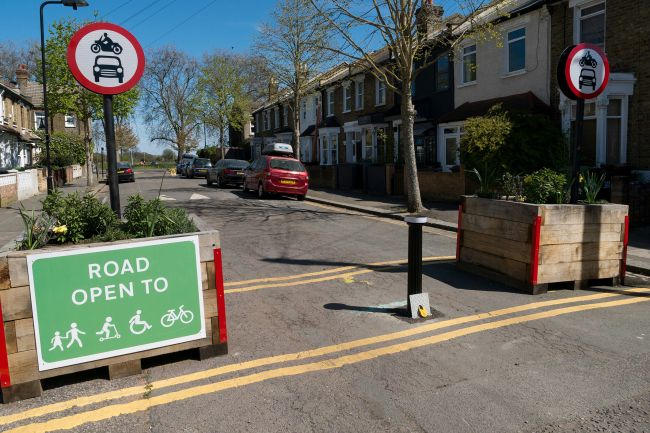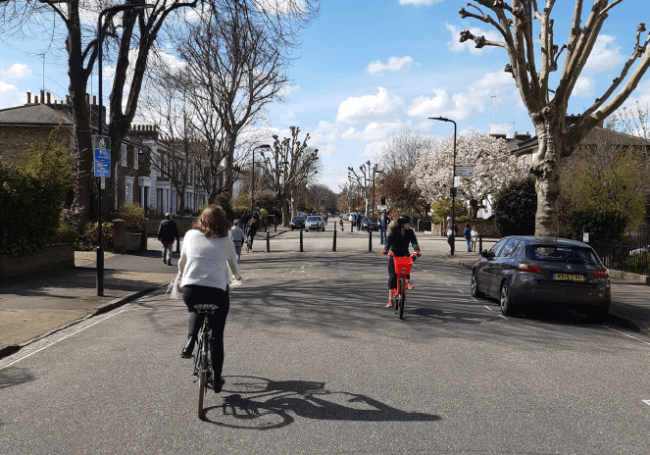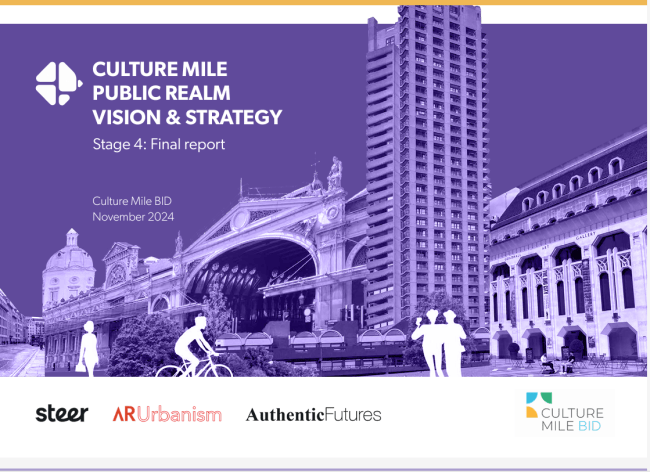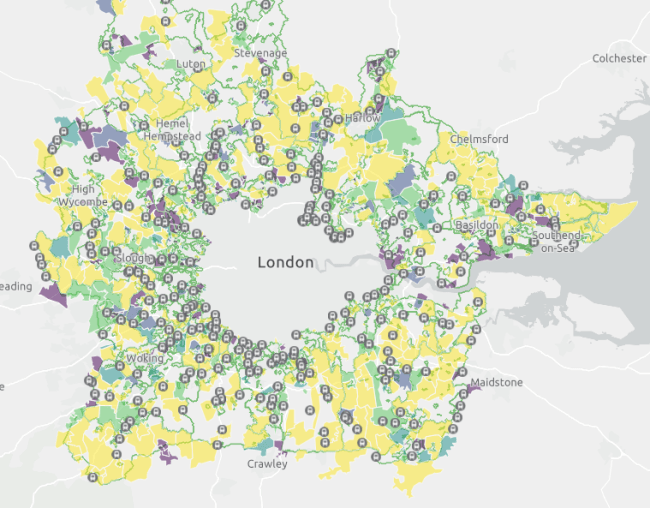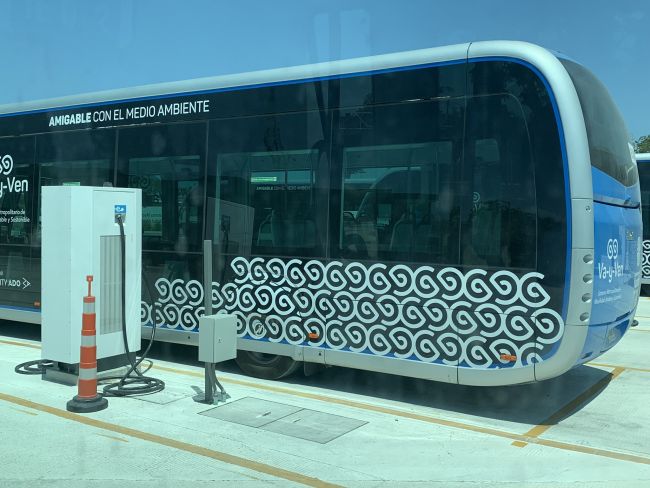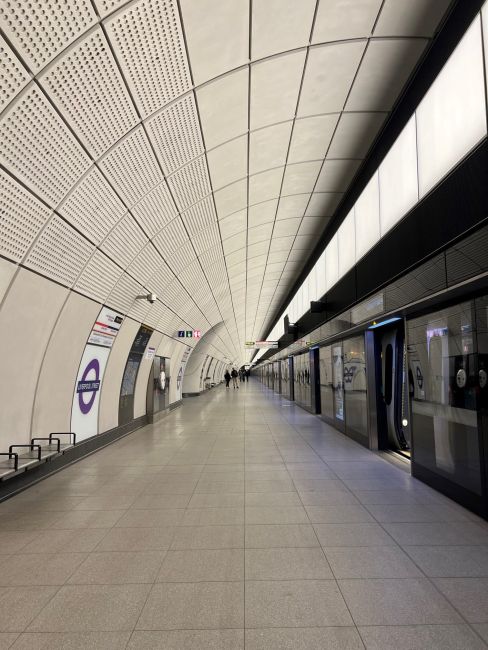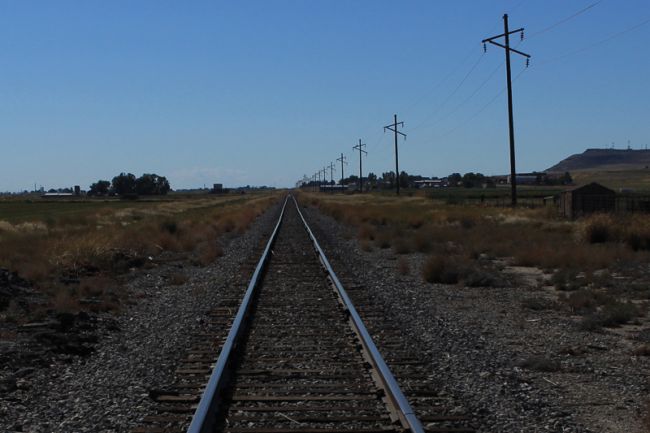Simulating changes in CO2 emissions
Transport generates about 22% of the UK's CO2 emissions, most of it from road transport. Last year's draft Climate Change Bill proposed reducing emissions by between 26% and 32% by 2020, and even more after that.
There are broadly two ways to reduce CO2 emissions from vehicles: by reducing the emissions per kilometre driven or reducing the number of kilometres driven. The first is a question of technology - such as better engine efficiency or using fuels that emit less CO2 - while the second is one of behavioural change - encouraging use of other modes or making fewer, shorter trips. It is possible to make some fairly simple calculations to explore what the potential impacts of new technology and pricing policies might be on car use and emissions.
Using publicly available data about the car fleet and fuel price elasticities, Steer Davies Gleave has developed an interactive simulation model to allow policies to be experimented with. This simulator shows how: Rising incomes, even at quite modest rates, reduce the real cost of owning and using a car, and this can generate substantial growth in car use and emissions.
Introducing more efficient cars is necessary, but this can reduce the cost of using a car - because less fuel is used - and generate extra car kilometres, even if the total emissions rate falls.
One-off price changes only have temporary effects because of rising incomes. At the very least it is necessary to stop real prices falling. Targets for CO2 reductions are measured in terms of reductions in the emission rates. There are practical reasons for this, but so far as climate change is concerned what matters is the total amount of CO2 that is released into the atmosphere over time.
So as well as showing emission rates (in tons per year), the model also shows the total emitted from the start of the simulation. This shows quite dramatically that it is possible to hit the reduction targets yet have little effect on total emissions: the quicker the emissions are reduced the better the impact on cumulative emissions.


